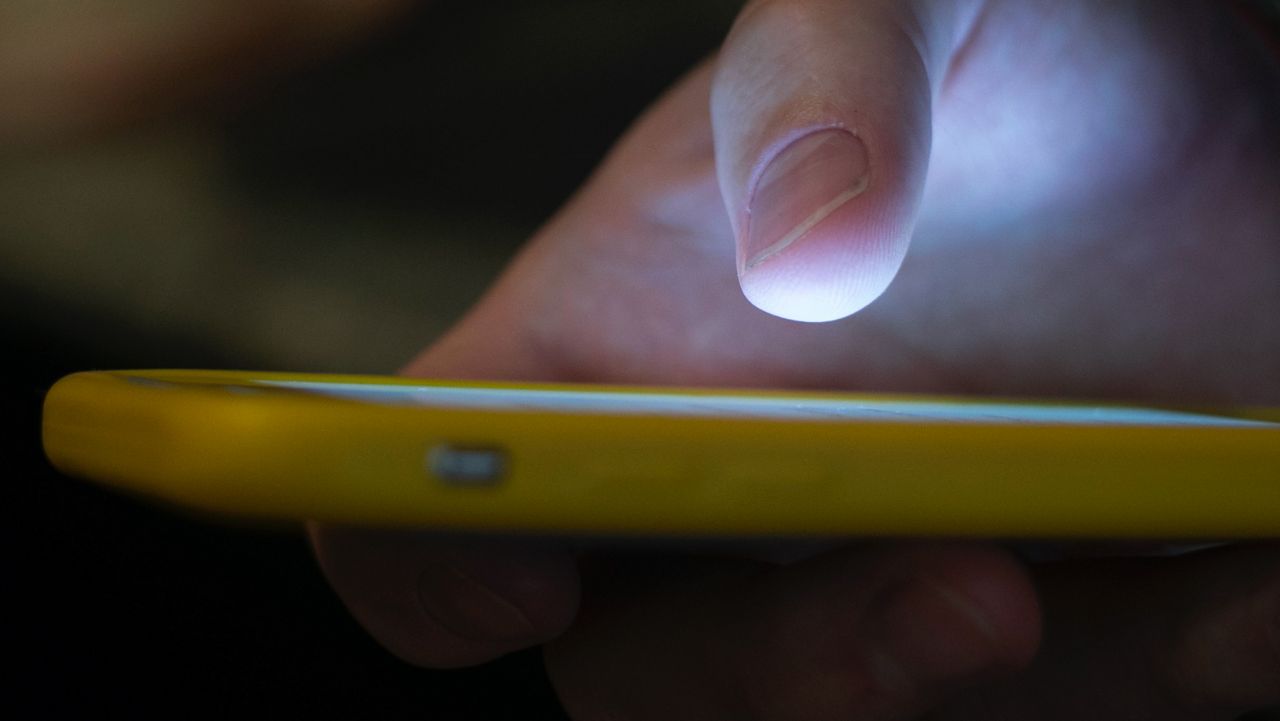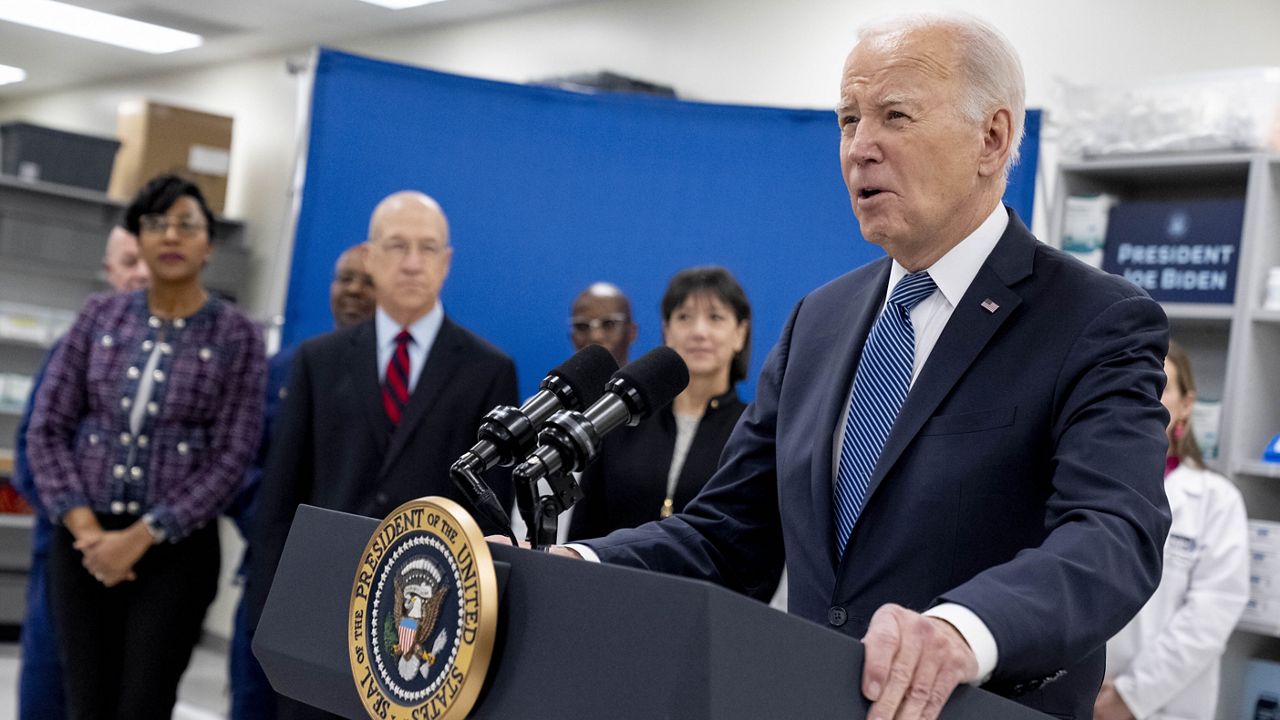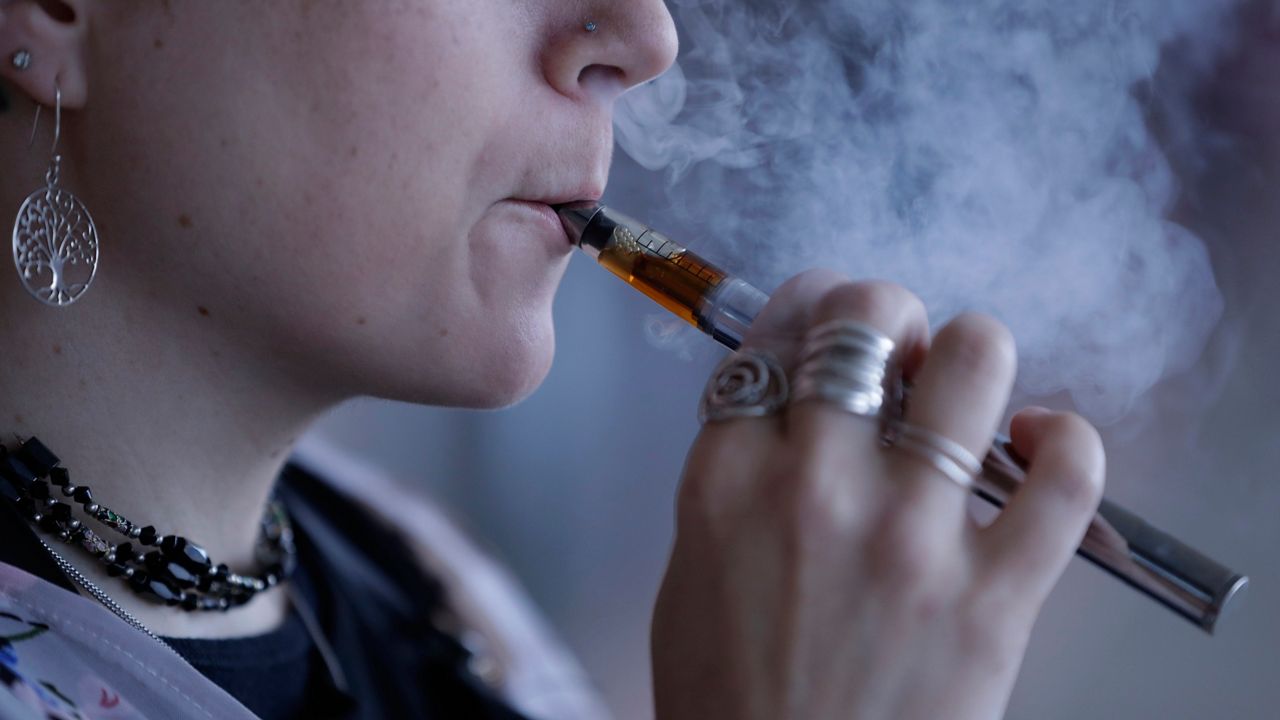The 988 Suicide and Crisis Lifeline is now providing services in American Sign Language, the U.S. Department of Health and Human Services announced Friday. Available nationally, individuals who are deaf, hard of hearing and late-deafened can click the ASL Now button on the 988 Lifeline web site and follow the prompts to access the service. They will then be connected on video with an ASL interpreter who can provide help immediately.
To further help deaf and hard-of-hearing individuals, dialing 988 from a videophone will be available within the next few weeks, HHS said. Until then, ASL callers can reach ASL services by dialing 800-273-TALK from their videophones.
“Individuals across America who use ASL as their primary language can now readily access the support they need during a mental health crisis,” HHS Secretary Xavier Becerra said in a statement. “With the introduction of 988 ASL services, we are taking a significant stride forward in providing inclusive and accessible support for the deaf and hard of hearing community.”
About 15% of American adults report some trouble hearing, according to the National Institute on Deafness. Almost 2 million people in the U.S. age 12 and older have severe hearing loss.
Rolled out nationally on July 16, 2022, as a free, 24/7 hotline for anyone experiencing any type of mental health-related distress, including individuals who are worried about a loved one and need crisis support, 988 was created as a result of the National Suicide Hotline Designation Act Congress passed in 2020 to create a hotline accessible with the three-digit code 988. The purpose of 988 was to improve access to crisis services addressing suicide and mental health care and to cut down on the number of such calls to 911.
It seems to be working. Since its launch, 988 has processed more than 5.5 million calls, texts and chats.
Earlier this summer, the 988 Lifeline added chat and text service in Spanish as part of an ongoing effort to improve inclusivity. The addition of ASL is “just one of the many specialized services that are now going to be offered,” Terri Tanielian, Special Assistant to the President's Domestic Policy Council, told Spectrum News.
“As we’re developing and expanding 988 services, we’re also building and investing in mobile crisis response teams so trained mental health professionals can come to an individual where they are in home, school or other settings,” she said.
HHS is also investing to expand mental clinics, Tanielian added, “to lower the barriers and make it easier for individuals to get the help when they need wherever they need it and certainly before a crisis hits.”
The 988 system works by connecting callers with the same trained crisis counselors as the National Suicide Prevention Lifeline that had existed since 2005. While that earlier lifeline had operated as a telephone hotline only, 988 is also accessible through chat and text.
While phone, chat and services are available in English and Spanish, translation services are available for more than 250 additional languages.
Funded by the Substance Abuse and Mental Health Services Administration under the U.S. Department of Health and Human Services, the 988 Suicide and Crisis Lifeline is a network of more than 200 locally operated and funded crisis centers around the country.
HHS committed $23 million to help launch 988. The Biden-Harris administration has since committed almost $1 billion to the program.








